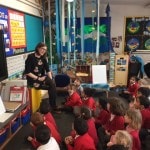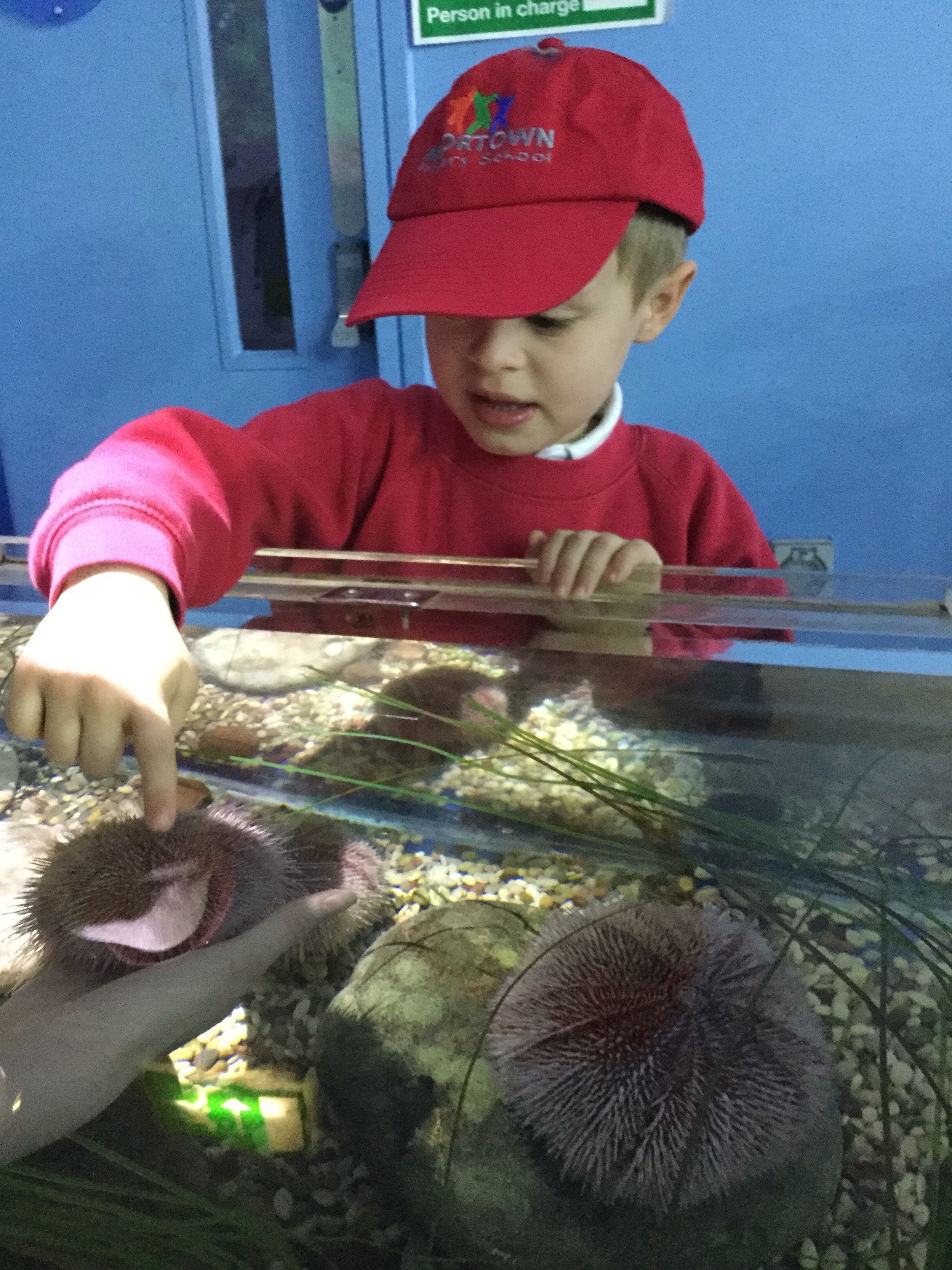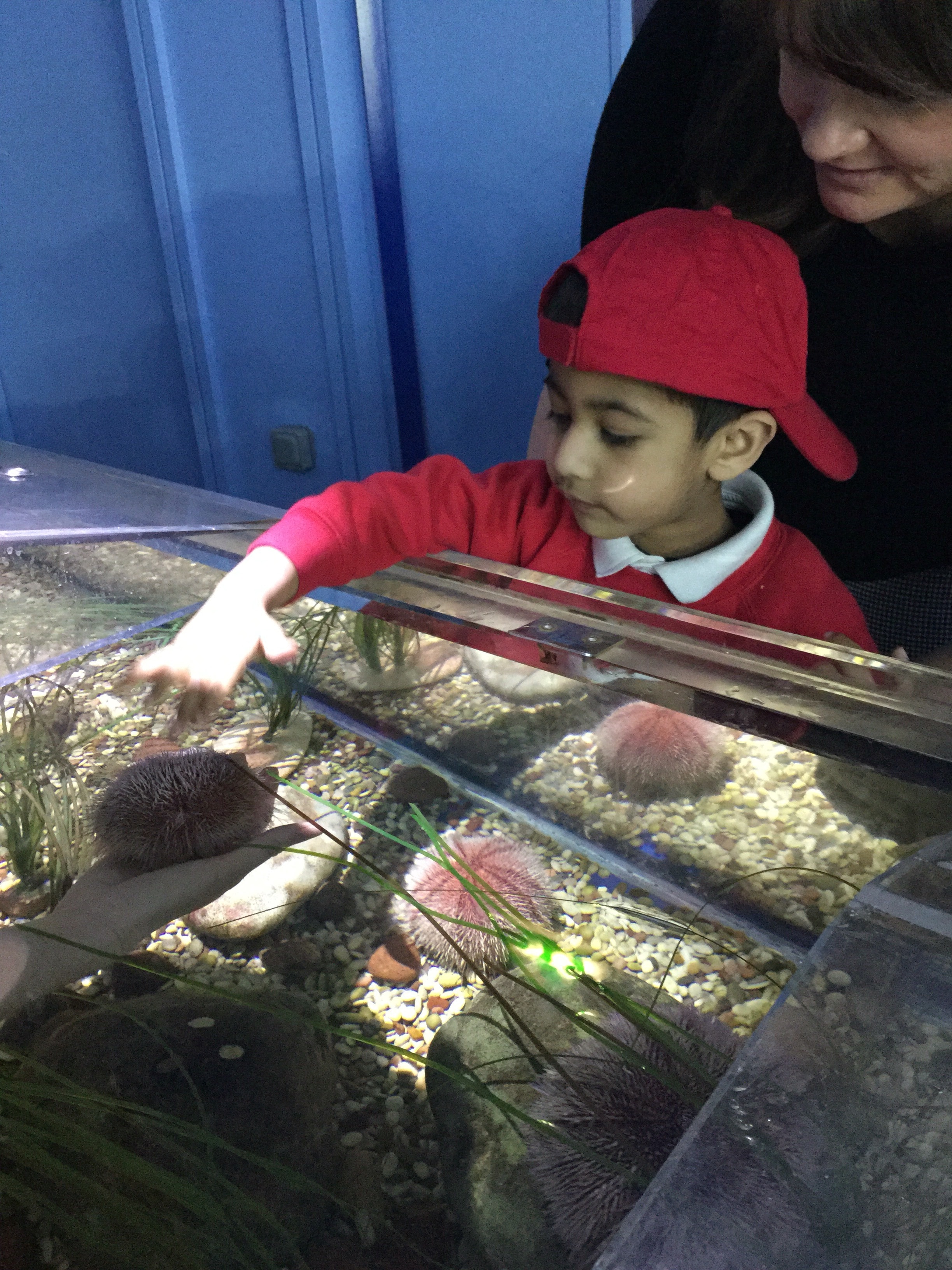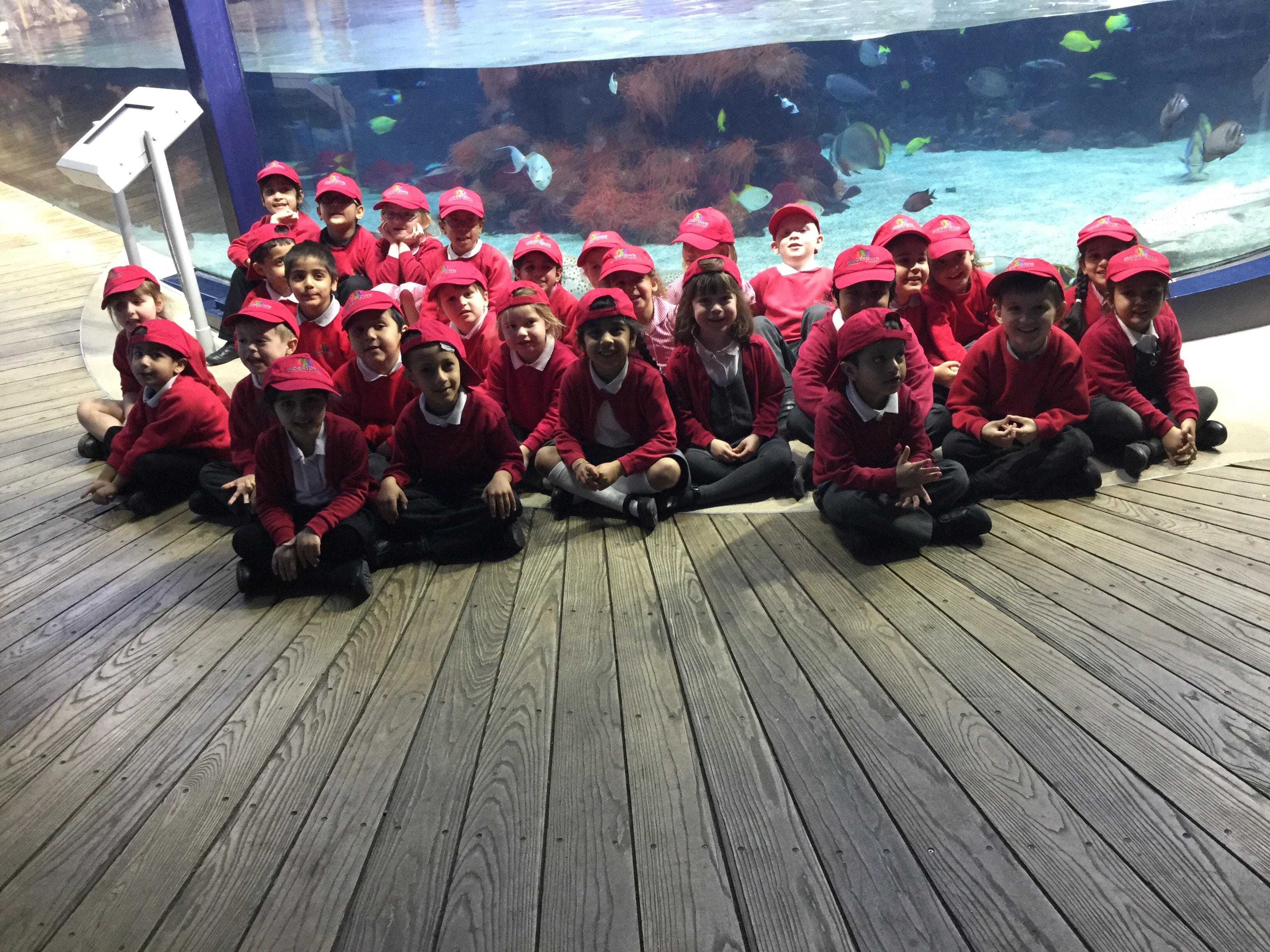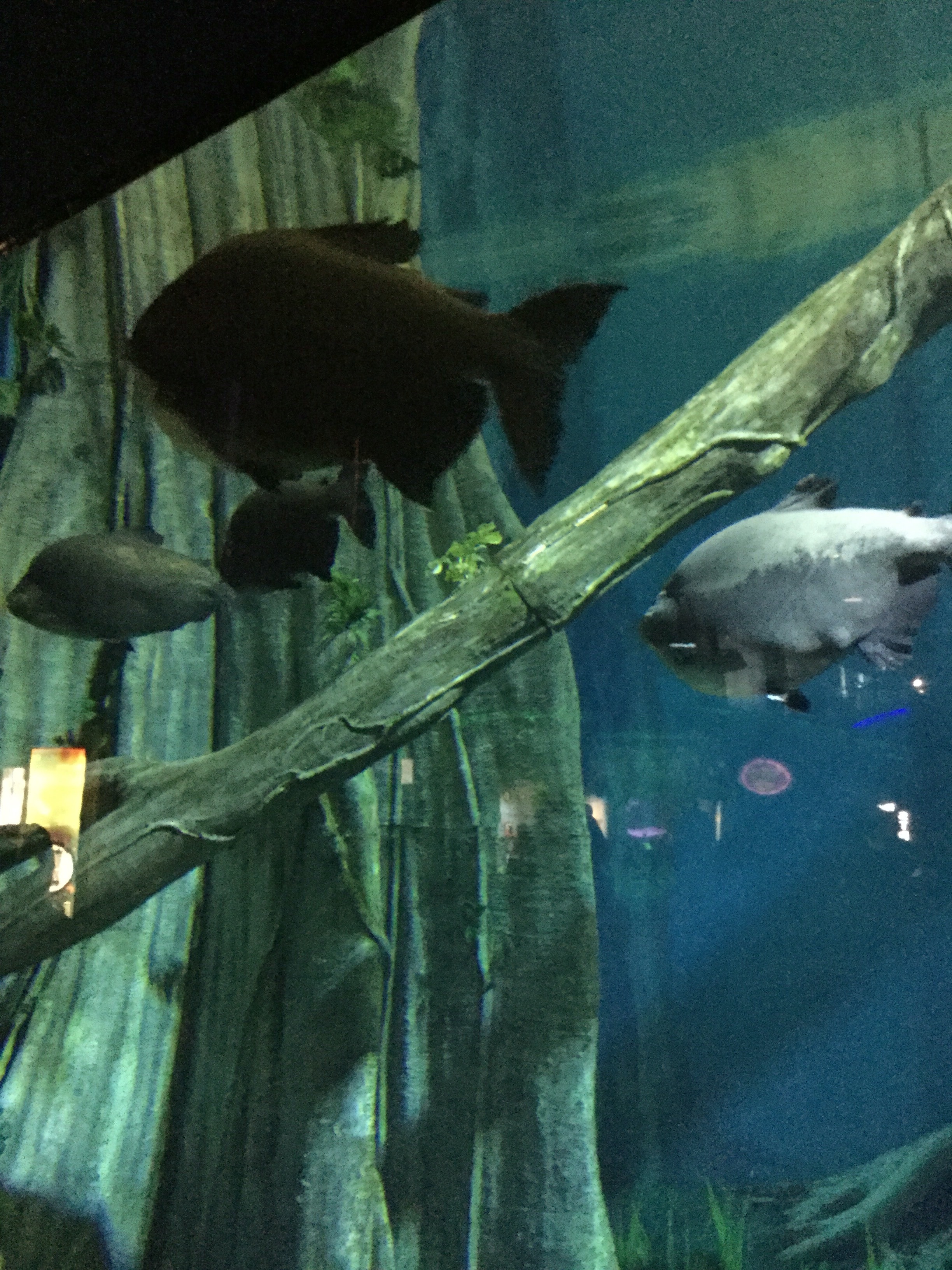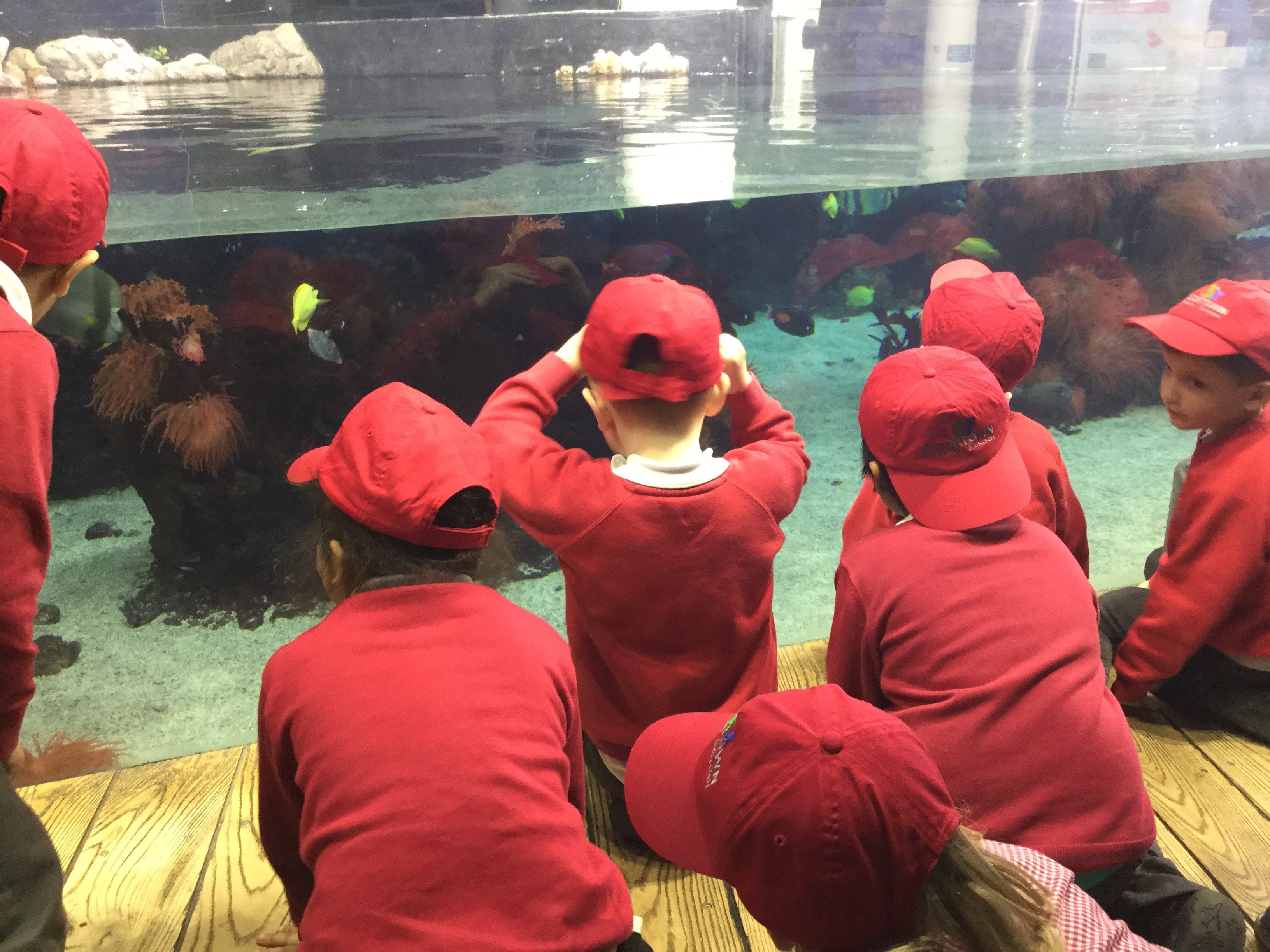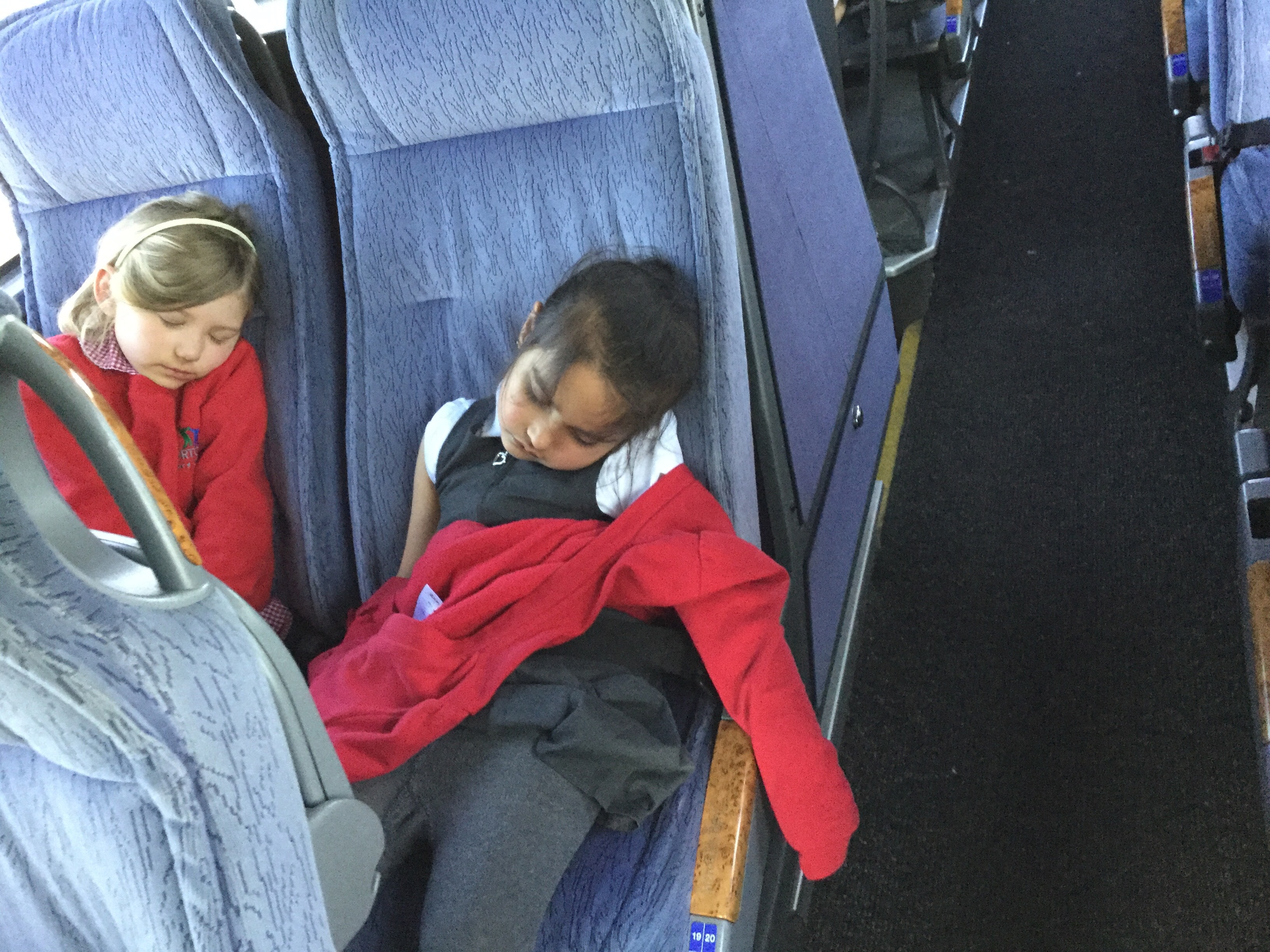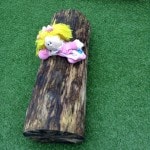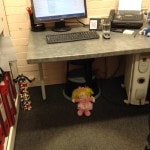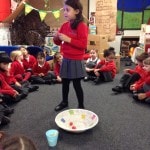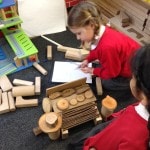This week we will start Phase 4 of the ‘Letters and sounds’ phonics programme.
During this phase, children will continue to practise previously learned graphemes and phonemes and learn how to read and write words with four phonemes.
These are called CVCC words and include words such as, tent, damp, toast and chimp.
For example, in the word ‘toast’, t = consonant, oa = vowel, s = consonant, t = consonant.
They will also learn to read and write CCVC words such as, swim, plum, sport, cream and spoon.
For example, in the word ‘cream’, c = consonant, r = consonant, ea = vowel, m = consonant.
In addition, they will be learning more tricky words and continuing to read and write sentences. There are no new phonemes taught in this phase.
Tricky words in phase 4
said, so, do, have, like, some, come, were, there, little, one, when, out, what




